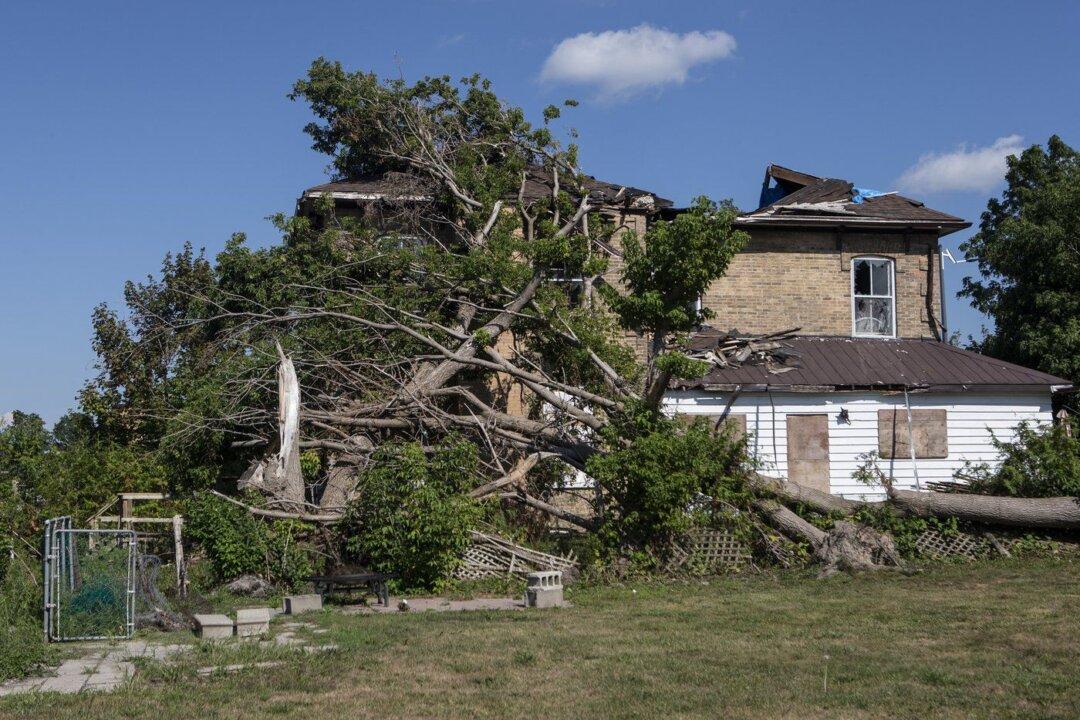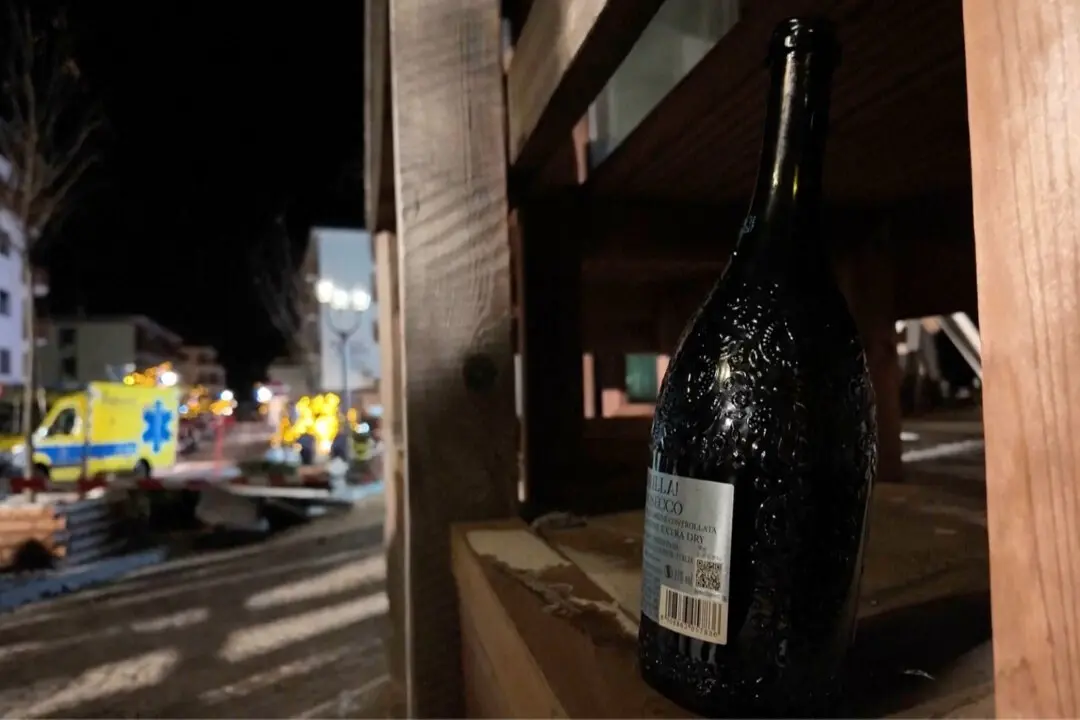Repair bills from the cluster of wind storms that pummeled southern Ontario and western Quebec in May are now over $1 billion, and with contractors stretched thin the recovery will last well into next summer.
Author’s Selected Articles
Related Topics





